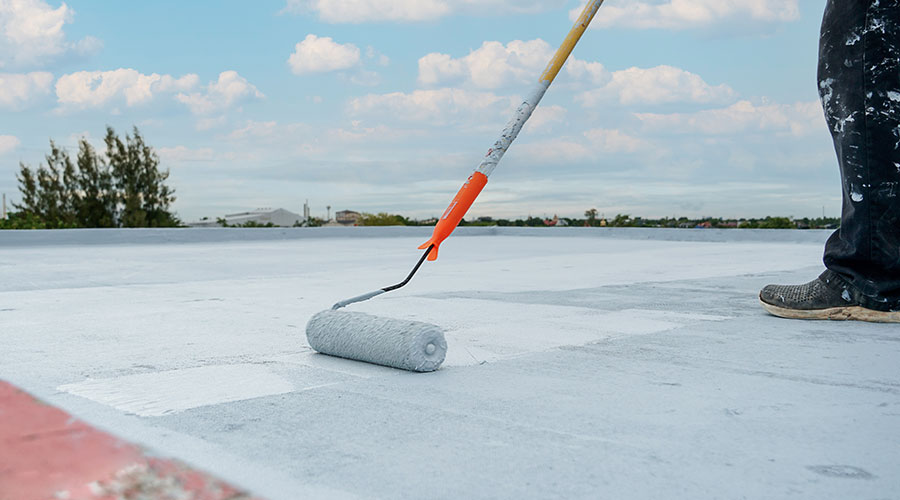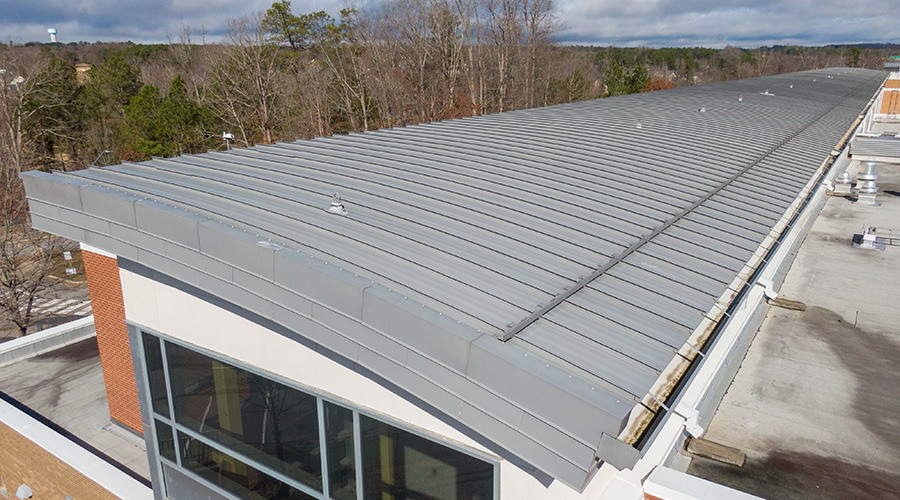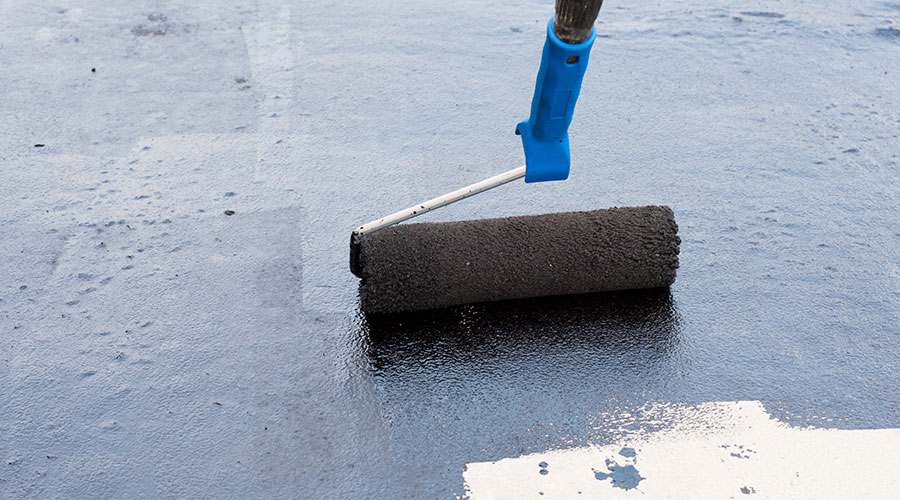Roof Coatings Considerations Managers Must Navigate During Projects
From project start to finish, managers must navigate many challenges to ensure effective roof coating applications.
Applying roof coatings properly at institutional and commercial facilities can be tricky, since so many factors from product to process can impact the project.
The key is to know what those factors are and be ready for them. Maintenance and engineering managers need to consider factors like weather, roof type and trained technicians before embarking on any roofing project.
“Damp or wet weather exposure can adversely impact coating applications,” says Elizabeth Hnatiw, senior architect with Hoffmann Architects and Engineers. “Many coatings have very strict surface-moisture requirements that require the application of specialized base applications to prevent moisture migration from a damp substrate that could compromise the coating integrity. Still more sensitive systems exposed to even beads of sweat shed by installers will show signs of premature failure soon following the cure of the installed coating material.”
Hnatiw urges managers not to assume a coating’s application is so straightforward that it does not require the services of a licensed and experienced design professional.
“Roof inspections and probes are often required when considering coating an existing roof system,” she says. “The successful application of a coating system is dependent upon the absence of leaks or system failures in the existing system that would be coated.”
Warranty warnings
Managers must consider several factors before scheduling a coating project. First, if the roof is under warranty, the coating application must be approved in writing by the roofing manufacturer, Hnatiw says. Managers also must be sure the coating system application is performed by a roofing installer certified by the manufacturer.
“While coatings applied onto existing roof systems can extend the service life, manufacturer requirements must be met in order to achieve compliance with the warranty terms,” she says. Modifications made to a roof under warranty by a non-certified entity could risk voiding the warranty terms, whether they related to a contractor’s workmanship warranty or the manufacturer’s warranty.
Coating suitability, surface preparation and successful application dependent on the training, experience and qualifications of the coating system installers. Cleaning and debris removal methods are typically provided by the coating manufacturer. Regular maintenance tasks, including clearing blocked drains, removing debris and performing visual inspections, are typically referred to as the owner’s maintenance requirements.
Additional owner requirements included in the roofing or roof coating warranty terms could include periodic inspections by a manufacturer-certified roof inspector. Coating warranty terms also indicate appropriate cleaning methods, as well as exposures that would void warranty coverage.
Engaging a licensed and qualified roofing design professional is essential to the success of a roof coating project.
“Coating selection, determination of suitability and surface preparation are among the many factors considered by a design professional,” she says.
Howard Riell is a freelance writer based in Henderson, Nevada.
Related Topics:













